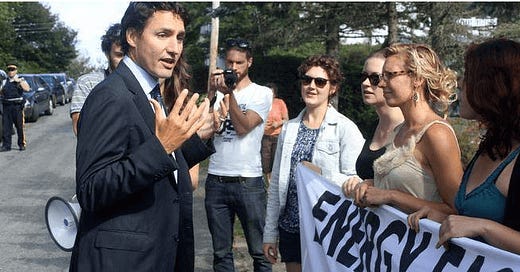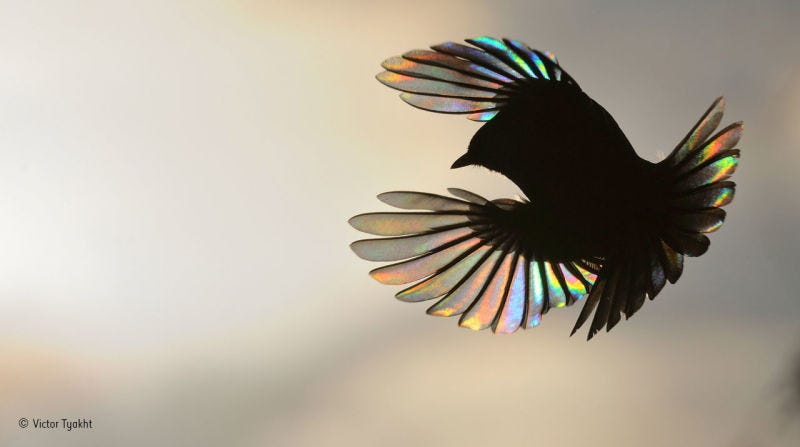Reading List: December 2, 2016
It’s Friday everyone.
Did you think the Emancipation Proclamation ended slavery? Typical fake news. It was the coal industry — or so thinks Kathleen Harnett White, in line for a position in the Trump administration. Christopher Hooks explores her odd views on history for the Texas Observer.
In tying the abolition of the slave trade to the growth of industrial Manchester, White gets it exactly backwards. The fossil-fueled industrial revolution she’s describing didn’t “dissolve the economic justification for slavery,” it made slavery more lucrative. It made slavery worse.
Shadowproof’s Brian Sonenstein has a report out on solitary confinement. Sonenstein’s work on prisons has been can’t-miss journalism, and this is another piece of high quality reporting.
Overall, the report acknowledges the emerging consensus on solitary confinement, stating, “Health professionals, social scientists, and organizations concerned with prisoner well- being have likewise detailed the harms of isolating confinement and have argued that the practice lacks utility. In addition, empirical work has found that solitary confinement has not been effective in reducing violence and promoting safety.”
Research and journalism produced in recent years documented the results of “disabling isolation” for prisoners and staff and whether it ensured the safety of communities to which individuals returned. It, therefore, offers a portrait of solitary confinement since several local and state governments implemented reforms.
The prison system must be reformed. Or abolished.
Dreamy Canadian Prime Minister Justin Trudeau continues his assault on the environment and on the starry eyes of liberals by approving a pipeline expansion. The New York Times reports Trudeau’s decision came despite widespread opposition in the country to the project.
A number of factors underlie opposition to the Kinder Morgan project. Some people in British Columbia fear that the increase in tanker traffic to the port in the Vancouver suburb of Burnaby will inevitably lead to a major oil spill. Many environmentalists charge that the pipeline will make it impossible for Canada to meet the carbon emissions targets set by Mr. Trudeau’s government — an assertion the government rejects.
And, like the protests that led the Obama administration to block the Keystone XL pipeline project from Canada, many people see blocking Kinder Morgan as a way to limit development of the oil sands, which they view as a particularly dirty energy source.
Environmental groups said they would move to stop the project through a variety of means.
Propublica has a useful page on pipeline incidents across the US. The reports show that pipelines — despite the support they get from fresh faced, “cool” leaders in North America — are incredibly dangerous and prone to disaster. President Obama has done nothing to stop the Dakota Access Pipeline.
Although they carry the vast majority of our oil and natural gas, the nation’s 2.5 million miles of pipelines remain largely invisible to the public. And while they’re much safer than alternatives such as trucks, pipelines suffer hundreds of ruptures and spills every year. Critics blame minimal oversight and old pipes for accidents that could have been prevented; operators maintain that they’re committed to continuous improvement.
Gizmodo showcases pictures from the UK Natural History Museum’s nominees for the 2016 People’s Choice Award for wildlife photography. The photos are amazing.
Rainbow Wings, Victor Tyakht, Russia
In this photo, the bird’s wing acts as a diffraction grating — a surface structure with a repeating pattern of ridges or slits. The structure causes the incoming light rays to spread out, bend and split into spectral colors, producing this shimmering rainbow effect.
Many more at the link.
Have a great weekend!





